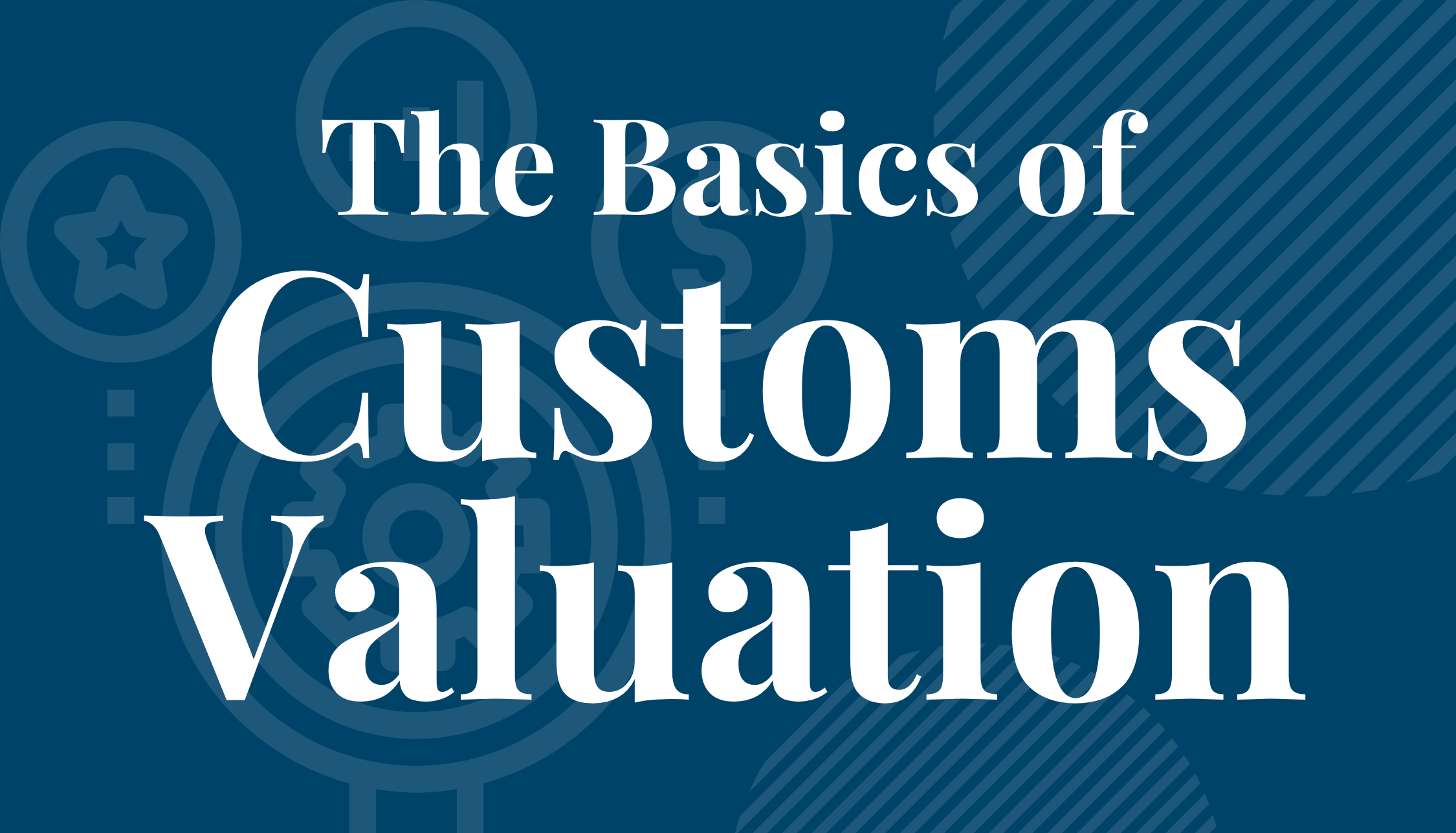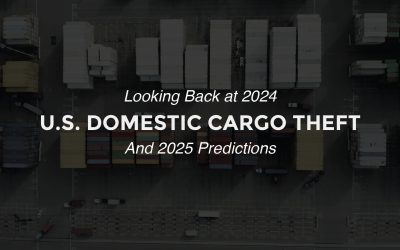Customs Valuation determines the economic value of goods declared for importation. Importers must accurately assess and declare the value of goods to Customs before arrival.
Those importing into the United States must adhere to specific guidelines set by the U.S. Customs and Border Protection (CBP). Using a standard set of rules for Customs Valuation is of great importance for several reasons. These reasons include:
- Economic and commercial policy analysis
- Application of commercial policy measures
- Proper collection of import duties and taxes
- Import and export statistics
Once the value of the goods has been determined, Customs duties can be calculated. Customs duties are calculated as a percentage of the goods’ value.
U.S. Customs has the right to request further information from importers if there is reason to doubt the accuracy of the declared value of goods. Officials could confiscate, examine, and scrutinize goods to determine if all the valuation requirements have been met to ensure compliance. Valuation is used to protect tariff concessions, collect government revenue, implement trade policy, and protect public health and safety.
History of Customs Valuation
The need for Customs Valuation has existed for thousands of years. Valuation was used in the Roman Empire, the Han Dynasty, and the Indian subcontinent. In 1979, the Tokyo Round Valuation Code was completed. This established a system of Customs Valuation based on the price actually paid or payable for imported goods, known as transaction value. This system was implemented to provide a fair, uniform, and neutral system for the valuation of goods. More than 40 contracting parties signed the Tokyo Round Valuation Code.
In 1994, the procedures for Customs valuation were codified in the Agreement on Implementation of Article VII of the General Agreement on Tariffs and Trade (GATT), which replaced The Tokyo Round Valuation Code. Article VII of the GATT outlines the requirements for Customs that apply to all members of the World Trade Organization. This Agreement ensures that Customs valuation procedures for imported goods are conducted neutrally and uniformly without using arbitrary or fictitious Customs values.
Article VII of the General Agreement on Tariffs and Trade laid down the general principles for an international system of valuation. It stipulated that the Customs value of imported goods should be based on the actual value of the imported goods on which duty is assessed, or of like goods.
The Agreement is administered by the WTO Committee on Customs Valuation, which meets twice a year. The Agreement has also established a Technical Committee on Customs Valuation to ensure uniformity in the interpretation and application of the Agreement at the technical level. The Technical Committee also meets twice a year.
Today, almost all Customs administrations of the current 161 WTO Members value imported goods in terms of the WTO Agreement on Customs Valuation. Currently, more than 90% of world trade is valued based on the transaction value method, which provides more predictability, uniformity, and transparency for the business community.
What is Transaction Value?
Transaction value is the price actually paid by the buyer to the seller for the imported goods. This includes all payments made as a condition of sale by the buyer to the seller. The preferred method of determining Customs value is the transaction value method, which relies on the total transaction value of the imported goods reflected on the shipment’s invoice.
When there is no transaction value, or where the transaction value is not acceptable as the Customs value because the price has been altered due to certain conditions, there are five alternative methods of Customs valuation.
How to Streamline Customs Valuation
- Be sure to know the terms of sale. This includes rebates, tie-ins, indirect costs, additional payments, whether assists were provided, and whether commissions or royalties are paid.
- Consult the Customs valuation encyclopedia to assist you in valuing merchandise.
- Have documents from the import transaction ready for CBP review, including purchase orders, invoices, sales agreements, shipping documents, and proof of payment.
- Ensure that all of the legally required costs or payments associated with the imported merchandise have been reported to CBP.
- If you are declaring a value based on a transaction in which you are not the buyer, prove that the transaction is a bona fide sale and that the merchandise was destined to the United States at the time of sale.
- If you claim a conditionally free or special tariff classification for your goods, report the required value information, and obtain any required documentation to support it.







![[Webinar] How Could Changes to De Minimis Impact Your Company?](https://traderiskguaranty.com/trgpeak/wp-content/uploads/2025/05/trg-how-de-minimis-impacts-customs-bond-webinar-400x250.png)